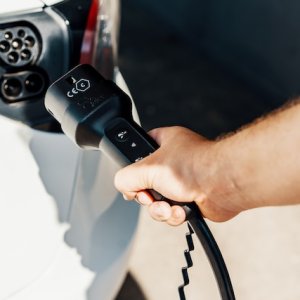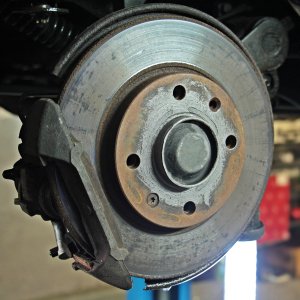Collaborate, Simplify, Digitalize

Q: What is ABB’s take on the growing Industry 4.0 trend and its impact?
A: Collaboration, simplification and digitalization are the bases of Industry 4.0 and the idea of the “factory of the future.” Collaboration is the new buzzword in robotics, indicating people safely working side by side with robots. It also means robot integration with production and business planning systems, rather than individual cells or islands of automation. This is already part of ABB’s DNA. The company works with its customers to develop tailored and application-specific solutions. Improving the end-user experience has been the primary mission guiding ABB’s product development, resulting in a new era of industrial robotics. The end game for the company is to create new robot models that consume less energy, require less maintenance and have a significantly lower carbon footprint. Digitalization is also a growing facet of Industry 4.0. Many manufacturers recognize the importance of evolving to more efficient and reliable digital technologies but the path is not always clear.
Q: How has ABB innovated to integrate these ideas into its products?
A: ABB developed a platform named RobotStudio over 12 years ago, which focused on digitalizing our own equipment and offered remote services for our robots. This breakthrough took place many years before the term “Internet of Things” was even coined. The company also developed a remote service solution for monitoring equipment. The platform was previously based on GPRS technology so we added a SIM card and an antenna to our controllers. As a result, we could “call” them whenever we needed data. Unfortunately, this solution presented several challenges in signal reception, Internet connectivity and manufacturing. It was a good idea but the technology had not advanced enough to deliver an efficient solution. Today, our Connected Services platform is interconnected via 4G and the communication device is embedded in the controller. Internet security has also become much more advanced for better integration.
As automation needs and systems become increasingly complex, simplicity becomes a key driver. This urges system designers, programmers, operators and maintenance crews to have intuitive and easy to use human-machine interfaces (HMI). Previous analog HMIs were overly technical and could only show raw data such as motor currents, voltage failures or mechanical stress. This has evolved into complete dashboards that show every aspect of the robot and are accessible on smart phones or tablets at any time and place. Data also can show the equipment’s efficiency and its participation in overall production. The robot acquires almost the same characteristics as any mobile device, which is the basis of the Internet of Things. Eventually, the programmer will cease programming the robot, focusing on teaching, monitoring and connecting the equipment as intuitively as any cellphone on the market.
Q: How can this data be integrated into a resource- planning solution?
A: In the factory of the future, an order placed from an end customer will trigger an entry into a supplier’s Enterprise Resource Plan system, thus scheduling production and necessary activities all the way to delivery confirmation. This is already standard in retail operations and will become increasingly common in the automotive industry as well. A robot’s ability to contribute as part of the Internet of Things becomes critical in this interconnected ecosystem. Rather than individual products, optimal solutions are often pre-engineered as modular systems that are easy to install, integrate and program, delivering superior productivity with reduced set-up times and costs.






















